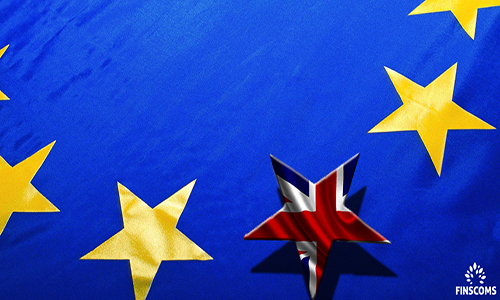
Ken Carmody
Should the UK vote itself out of the EU, the asset management sector will face considerable disruption. UCITS by law must be domiciled and managed in the EU meaning that Brexit could prompt a significant number of re-domiciliations. Currently, the majority of UK UCITS assets stem from EU investors.
The provision of a new treaty or settlement must be drawn up to facilitate funds established as UCITS in the UK that would no longer have an association with the UCITS Directive following an EU exit. In the absence of new terms, these funds would have to be re-domiciled to an EU country and seek re-authorisation under the UCITS Directive, or discontinue acting as UCITS altogether.
If we consider the scenario that could occur if UK UCITS are not given special treatment then it would be fair to assume the affects will impact distribution across the EU. In this scenario, UK UCITS will be required to formalise country-by-country distribution agreements. Cumulatively, this would be an expensive procedure to embark upon.
A strategy of delegating managers to EU domiciled funds would most likely be adopted. Ireland and Luxembourg would be the obvious choices for establishing such funds. This is a lengthy process which can take up to six months.
Brexit could result in higher transaction costs and a need for more investment staff. If UK-housed asset managers are afforded the use of Luxembourg or Ireland based management companies to distribute UCITS funds to investors in Europe whilst keeping their investment teams in the UK, then a lot of other roles would need to be relocated to the EU. Including distribution and sales teams, risk analysis overseers etc.
Another route to the European investor would be the acquirement of an AIFMD distribution passport from the European Securities and Markets Authority (ESMA). Passport approval in the past has proven to be a slow process, look at Guernsey, Jersey and Switzerland for example and the difficulty the Cayman Islands and the US have had in securing their passport. It could take the UK two years from the point of exit to a point where permanent passporting is attained leaving the asset management sector in a state of limbo.
The EU will no doubt be sympathetic to the UK and allow time to transition but there will be a significant period of investor nervousness created by the apparent uncertainty. Problems may arise even before the referendum takes place as nervous European investors pull money from UCITS funds.
kmc@finscoms.com








